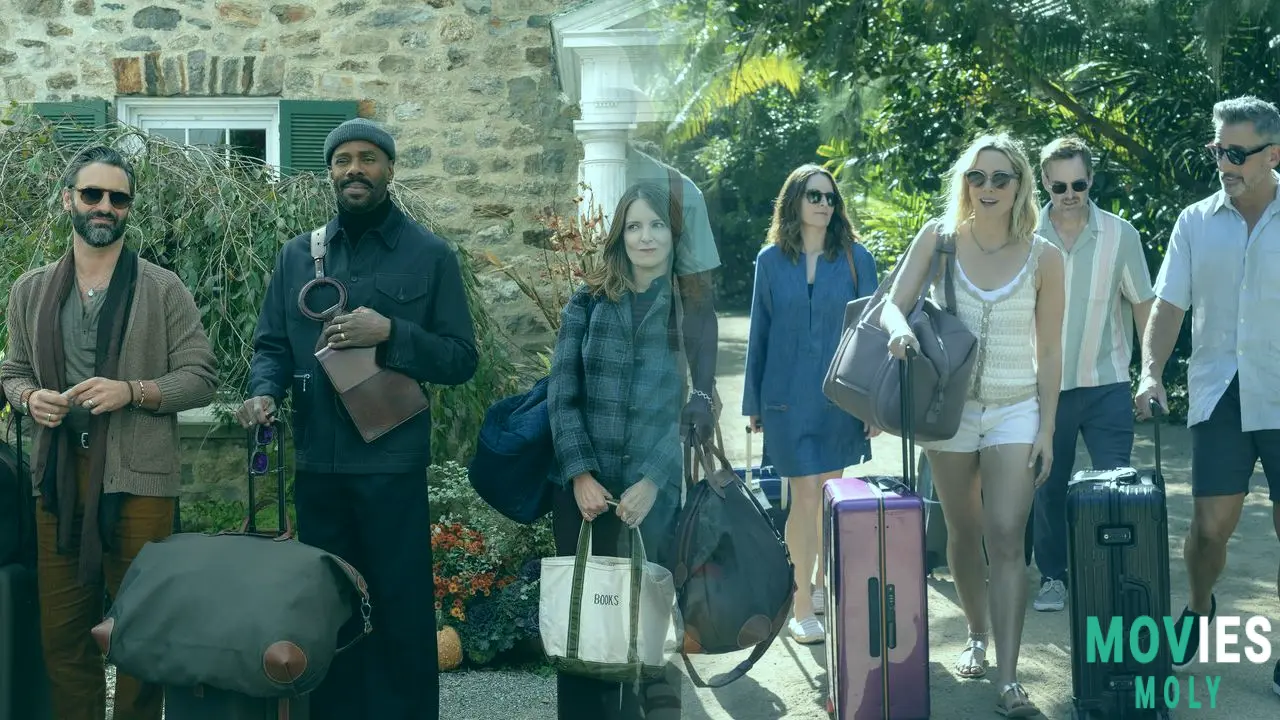Netflix’s The Four Seasons isn’t a cape-wielding, world-saving spectacle, but in a TV landscape saturated with genre-bending melodramas and hyper-stylized action, this eight-episode romantic comedy series stands out by simply existing — and doing so with the comfort of a well-worn flannel. Reuniting Tina Fey and Steve Carell (two veterans of the comedic dataverse who’ve long danced around each other in various roles), the show adapts Alan Alda’s 1981 film of the same name into a modern, streaming-era suite of emotional punchlines and quiet reveals.
Three Couples, Four Seasons, One Emotional Rollercoaster Of Middle-Aged RealitiesAt its core, The Four Seasons follows the familiar rhythm of three long-time couples who take their traditional seasonal weekend getaways — only now, one couple is breaking apart. Fey (Kate) and Will Forte (Jack) play off each other with the kind of sharp-yet-soft energy fans of 30 Rock and Night Court will instantly recognize. Kerri Kenney-Silver (Anne) and Carell (Nick) deliver a dynamic that shifts from comfortable to combustible as we watch Nick spiral into what some might call a midlife meltdown. And then there’s Colman Domingo (Danny) and Marco Calvani (Claude), whose portrayal of a gay couple adds a necessary layer of modernity — even if Domingo, as the sole person of color, is regrettably given limited room to breathe beyond the group dynamic.
Writer-producers Fey, Lang Fisher, and Tracey Wigfield — a dream team forged in the fires of 30 Rock, Unbreakable Kimmy Schmidt, and Never Have I Ever — craft these relationships with a mix of reverence and reinvention. They lean into the comfort of Alan Alda’s original screenplay while weaving in contemporary threads: open marriages, age-gap dating, and the inescapable presence of social media gawking at every romantic misstep.
Alan Alda’s Blessing And Cameo Gives The Series A Touch Of Timelessness
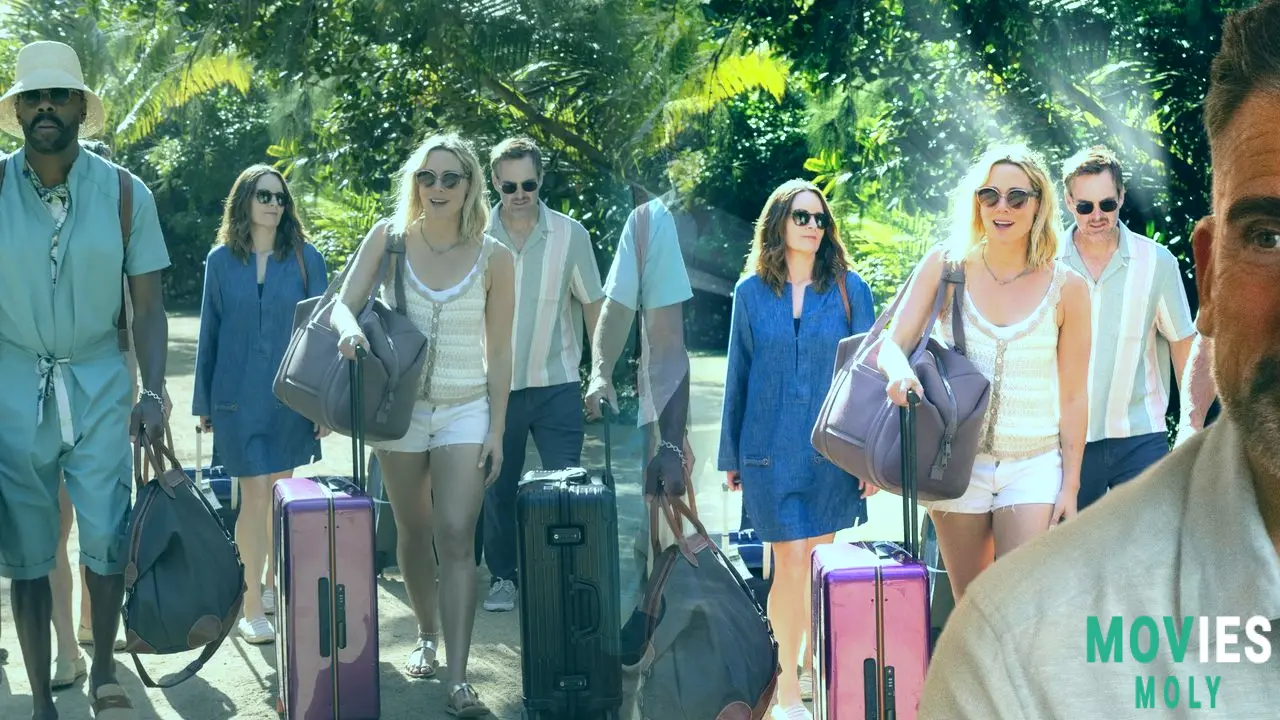
There’s something almost poetic about having Alan Alda not only produce but also cameo in the second episode. Playing Anne’s father in a spontaneous vow renewal scene, Alda slips in seamlessly — not as a relic, but as a living bridge between the original film and this new incarnation. His timing is impeccable, his presence understated but meaningful. And when Fey references a line originally spoken by Carol Burnett — “You’re married to a middle-aged woman with dry skin” — it doesn’t feel like nostalgia for nostalgia’s sake. It feels like a thread connecting generations of viewers who’ve laughed, loved, and sighed through the same story, dressed in different cultural garb.
Luxury Backdrops And Seasonal Aesthetics Mask The Show’s Uneven Tonal Struggles
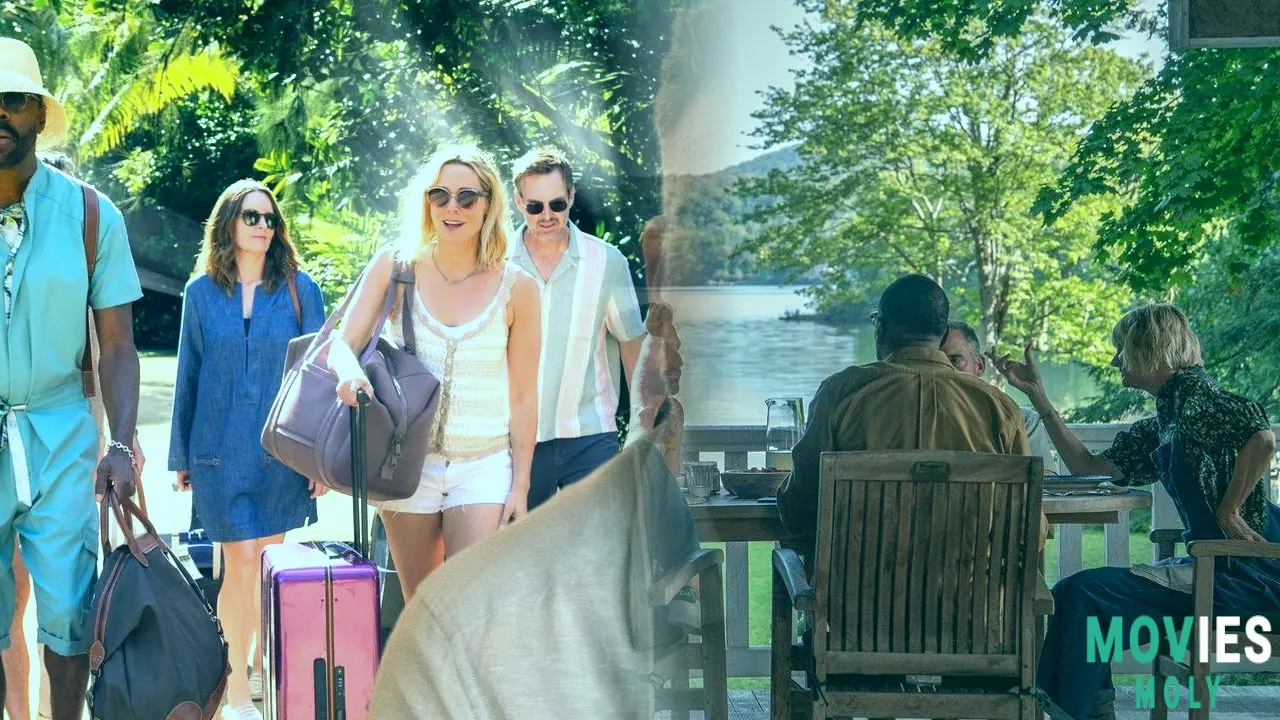
Filmed across the picturesque spectrum of upstate New York, Puerto Rico, and the frosty grips of winter lakeside lodges, the show’s settings are as emotionally evocative as they are Instagrammable. Each season — spring, summer, fall, winter — serves not just as a temporal marker but as a metaphor for the state of these relationships. The production team’s choice to use Arlene Alda’s original coffee table book as visual inspiration ties the past to the present in a clever, unobtrusive way. Yet, beneath the aesthetic appeal, there’s a recurring critique that can’t be ignored: the characters are no longer middle-class as in the original film. Now, they drift in the elite bubbles of hedge funds and high-end design, which sometimes dulls the relatability of their conflicts.
There are moments of brilliance — like how Domingo and Fey’s characters mirror each other in gossip-fueled survival tactics — and there are moments that stumble, such as the all-too-familiar younger-woman-in-bikini trope that the series trots out more or less awkwardly. Still, even in its missteps, The Four Seasons never feels cynical. It’s trying. Sometimes that’s enough.
Flawed But Forgiving: The Four Seasons’ Greatest Strength Is Giving Its Characters Grace
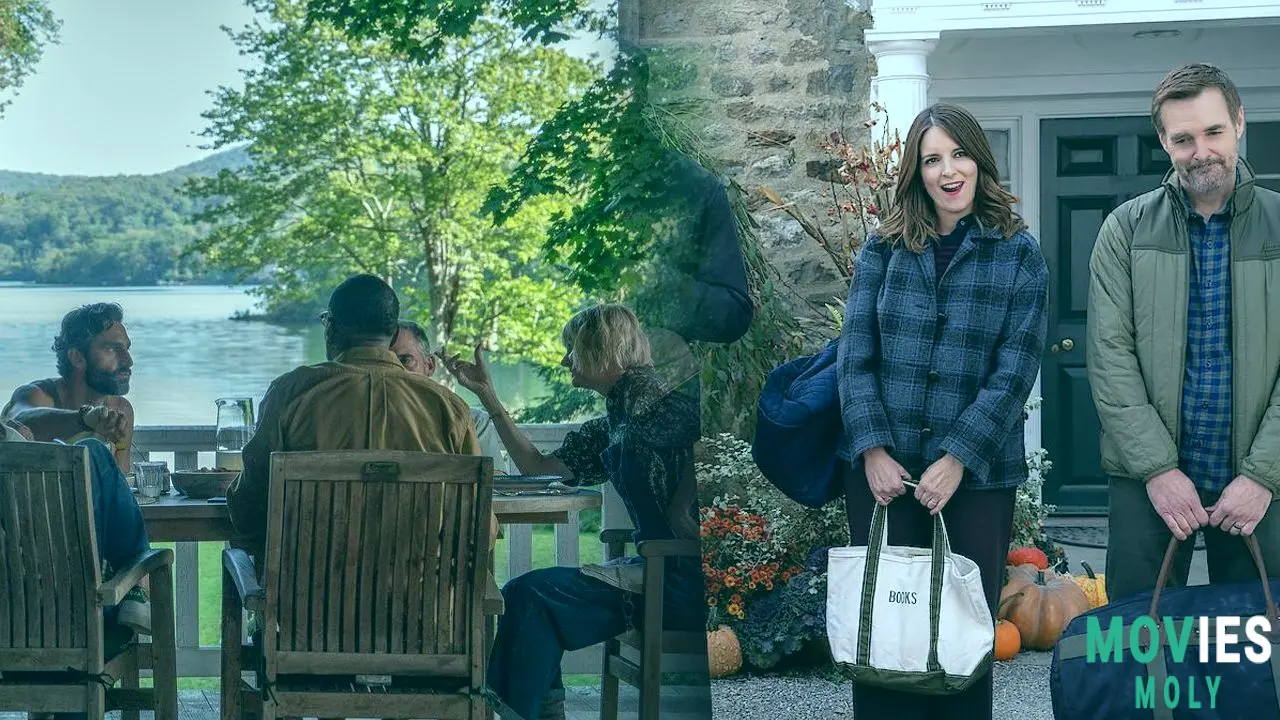
Erika Henningsen’s Ginny could have easily become a stereotype, but she pushes back against that by subtly owning her “Yoga Barbie” label. She's given enough nuance to turn a potential punchline into a reflection of how women are often infantilized in social circles — especially ones dominated by long-standing friendships that resist change. In fact, one of the show's smartest moves is never villainizing any character. Everyone messes up. Everyone gets defensive. But everyone also loves each other in their messy, human way.
And that’s the crux of The Four Seasons. It’s not about revolutionizing storytelling. It’s about finding warmth in repetition, humor in discomfort, and connection in the cracks of decades-old relationships. As Fey put it, the show is meant to feel like “being inside a big sweater” — and for eight half-hour episodes, that’s exactly what it is.
Not A Masterpiece, But A Marvel Of Performances And Emotional Honesty
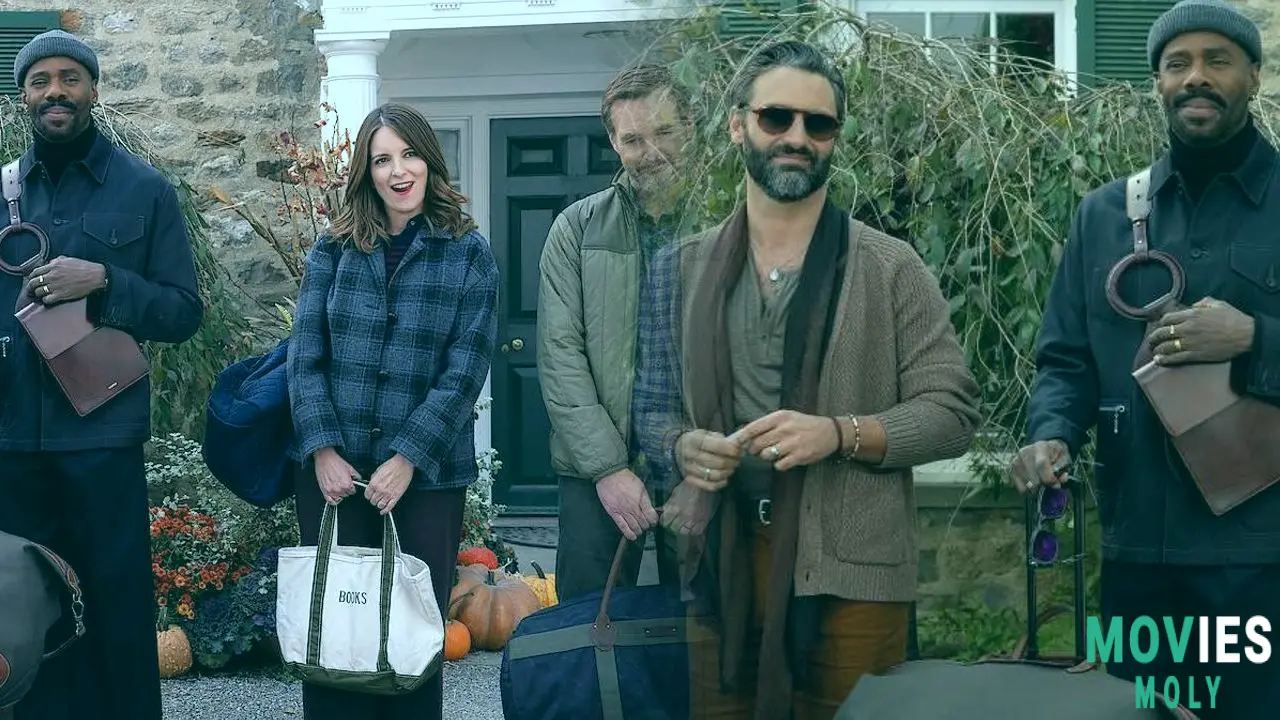
This isn't Avengers: Endgame or Justice League. It doesn't need to be. The Four Seasons doesn’t save the world, but it does something rarer in today's content glut: it holds a mirror up to the quiet battles of love, friendship, and aging—and does so with a wink, a wince, and sometimes a well-aimed Vivaldi crescendo.
So, if you're looking for a series that doesn't break the mold but wraps you in the familiar threads of meaningful connection, The Four Seasons might just be your next comfort watch. And hey, who doesn’t want to feel like they're on a dinner party with old friends — even if those friends are busy figuring out how not to fall apart halfway through the year?

